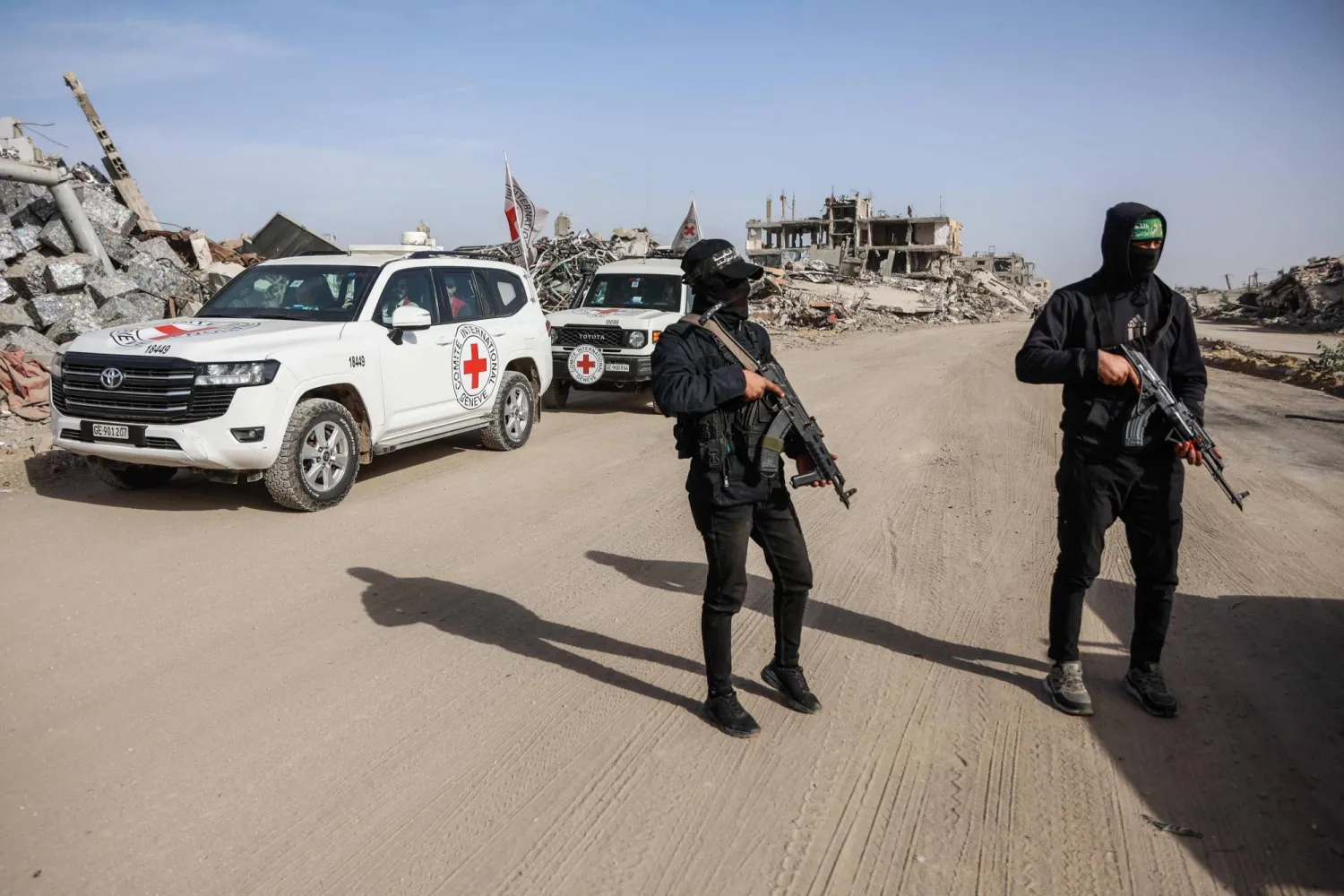Defense Secretary Pete Hegseth, in a rare move, is beefing up the Navy warship presence in the Middle East, ordering two aircraft carriers to be there next month as the US increases strikes on the Yemen-based Houthi militias, according to a US official.
It will be the second time in six months that the US has kept two carrier strike groups in that region, with generally only one there. Prior to that it had been years since the US had committed that much warship power to the Middle East.
According to the official, Hegseth signed orders on Thursday to keep the USS Harry S. Truman in the Middle East for at least an additional month. The official spoke on the condition of anonymity to discuss ongoing military operations.
The ship has been conducting operations in the Red Sea against the Houthis and was scheduled to begin heading home to Norfolk, Virginia, at the end of March.
And Hegseth has ordered the USS Carl Vinson, which has been operating in the Pacific, to begin steaming toward the Middle East, which will extend its scheduled deployment by three months.
The Vinson is expected to arrive in the region early next month. It had been conducting exercises with Japanese and South Korean forces near the Yellow Sea and the Sea of Japan and was slated to head home to port in San Diego in three weeks.
The presence of so much US naval power in the region not only gives commanders additional ships to patrol and launch strikes, but it also serves as a clear message of deterrence to Iran, the Houthis' main benefactor.
The Houthis have been waging persistent attacks against commercial and military ships in the region. The Houthis attacked more than 100 merchant vessels with missiles and drones, sinking two vessels and killing four sailors, from November 2023 until January this year. Their leadership described the attacks as aiming to end the Israeli war against Hamas in the Gaza Strip.
Hegseth's move shifts the Vinson and its warships away from the Indo-Pacific region, which the Trump administration has touted as its main focus.
Instead, this bolsters the latest US campaign against the Iran-backed Houthis. US ships and aircraft launched a new intensive assault against the militant group, including a barrage of attacks over the weekend that continued into this week.
President Donald Trump, in a marked departure from the previous administration, lowered the authorities needed for launching offensive strikes against the Yemen-based Houthis. He recently gave US Central Command the ability to take action when it deems appropriate.
President Joe Biden's administration had required White House approval to conduct offensive strikes such as the ones over the weekend. It did allow US forces to launch defensive attacks whenever necessary, including the authority to take out weapons that appeared to be ready to fire.
Biden went to two carriers in the region for several weeks last fall. Then-Defense Secretary Lloyd Austin had ordered the Roosevelt to extend its deployment for a short time and remain in the region as the USS Abraham Lincoln was pushed to get to the area more quickly.
The Biden administration beefed up the US military presence there to help defend Israel from possible attacks by Iran and its proxies and to safeguard US troops.









